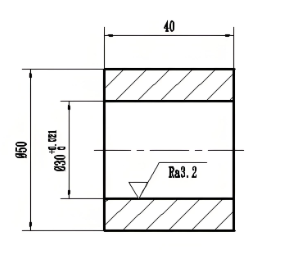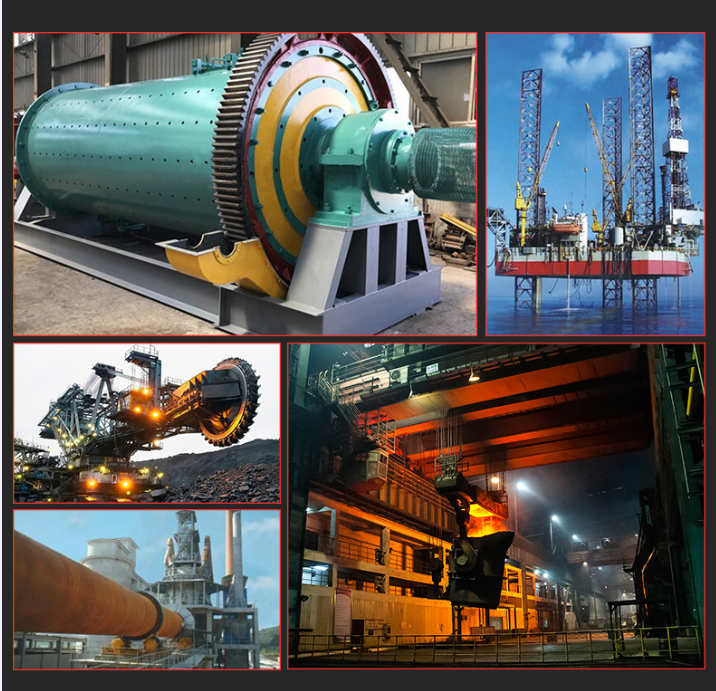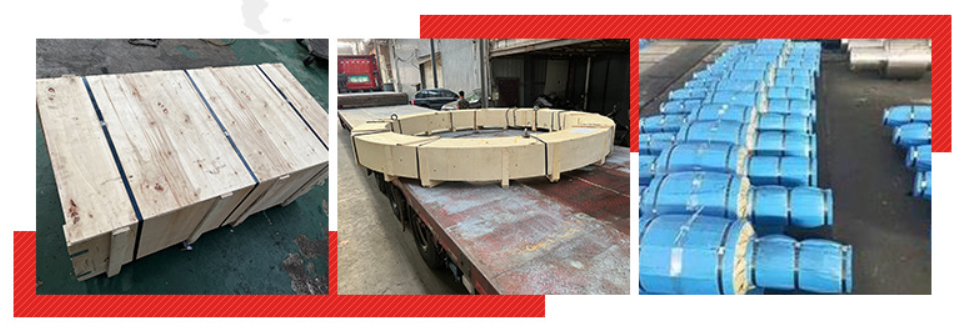Forged eccentric sleeves
Forged eccentric sleeves
1. Definition
Forged eccentric sleeves are cylindrical components characterized by an offset or non-concentric design. They are used to connect, align, or reinforce pipes and machinery, allowing for adjustments in positioning or alignment.
2. Materials
These sleeves are typically made from:
Carbon Steel: Commonly used for general applications due to its strength and ductility.
Alloy Steel: Such as 4140 or 4130, which enhances toughness and wear resistance for more demanding applications.
Stainless Steel: For environments requiring corrosion resistance, such as AISI 304 or 316.
3. Manufacturing Process
Forging: The material is heated to a malleable state and shaped under high pressure. This process improves the mechanical properties and ensures a refined grain structure.
Machining: After forging, the sleeves may undergo machining to achieve precise dimensions and surface finishes, particularly for the eccentric features.
Heat Treatment: Depending on the material and application, heat treatment processes may be applied to enhance hardness and performance.
4. Applications
Forged eccentric sleeves are commonly used in:
Piping Systems: To connect pipes at angles or to facilitate the alignment of misaligned systems.
Machinery: In various applications where adjustment of components is required, such as in engines and gearboxes.
Construction: For structural applications that require specific alignment or positioning.
5. Advantages
High Strength: The forging process produces components that can withstand significant loads and stresses.
Improved Integrity: Forged components are generally more reliable than cast parts, with fewer defects.
Versatility: Can be customized for various applications, ensuring compatibility with specific systems and requirements.
Durability: Forged eccentric sleeves exhibit excellent resistance to wear and deformation.
Data Needed for Quotation
1) Your own drawing
2) Your requirement on material and necessary dimensional data
3) Ask for recommend

Processing Materials
| Case Hardened Comparison Table | |||||||
| GB | ГOCT | EN | DIN | W.N. | JIS | AISI/SAE | |
| 15CrMn | 16MnCr5 | 16MnCr5 | 1.7131 | 5115 | |||
| 20CrMn | 20MnCr5 | 20MnCr5 | 1.7147 | 5120 | |||
| 12CrMo | 12XM | 13CrMo44 | 1.7335 | 4119 | |||
| 15CrMo | 15XM | 15CrMo5 | 1.7262 | SCM415 | |||
| 20CrMo | 20XM | 20CrMo5 | 1.7264 | SCM420 | 4118 | ||
| 25CrMo | 30XM | 25CrMo4 | 1.7218 | ||||
| 30CrMo | SCM430 | 4130 | |||||
| 35CrMo | 35XM | 34CrMo4 | 1.722 | SCM435 | 4135 | ||
| 42CrMo | EN19 | 42CrMo4 | 1.7225 | SCM440 | 4140 | ||
| 50CrMo4 | 1.7228 | ||||||
| 40Cr | 40X | 41Cr4 | |||||
| 38XC | |||||||
| 25Cr2MoV | 25X2M1Φ | 24CrMoV55 | 1.7733 | ||||
| 50CrVA | 50CrV4 | 1.8159 | SUP10 | ||||
| 31CrMoV9 | 1.8519 | ||||||
| GCr15 | 100Cr6 | 100Cr6 | 1.3505 | 52100 | |||
| 20CrNiMo | 20XHM | 20NiCrMo2-2 | 21NiCrMo2 | 1.6523 | SNCM220 | 8620 | |
| 20XH3A | |||||||
| 20X2H4A | |||||||
| 17CrNiMo6 | 1.6587 | ||||||
| 18CrNiMo7-6 | 1.6587 | ||||||
| 34CrNiMo6 | 1.6582 | VCN150 | |||||
| 34NiCrMo16 | 35NiCrMo16 | 1.2766 | |||||
| 30CrNiMo8 | 1.658 | VCN200 | |||||
| 39NiCrMo3 | 1.651 | ||||||
| 34CrAlNi7 | 1.855 | ||||||
| 38CrMoAl | 38X2MОA | 41CrAlMo7 | 1.8509 | ||||
| 40CrNiMo | EN24 | 40NiCrMo8-4 | 1.6562 | SNCM439 | 4340 | ||
| 40CrNi | 40XH | 40NiCr6 | 1.5711 | ||||
| 20CrMnMo | 18XTM | SCM421 | |||||
| 40CrMnMo | 40XTM | SCM440 | |||||
| 30XTCA | |||||||
| 38XTH | |||||||
| 40XH2MA | |||||||
| 40X2H2MA | |||||||
| 38XH3MA | |||||||
| 38XH3MΦA | |||||||
Processing technology:

Application areas:
Automotive transmissions, medical equipment, metallurgical machinery, lifting equipment, ore equipment, power equipment, light industry equipment, etc

Packaging :




_1733312729.jpg)